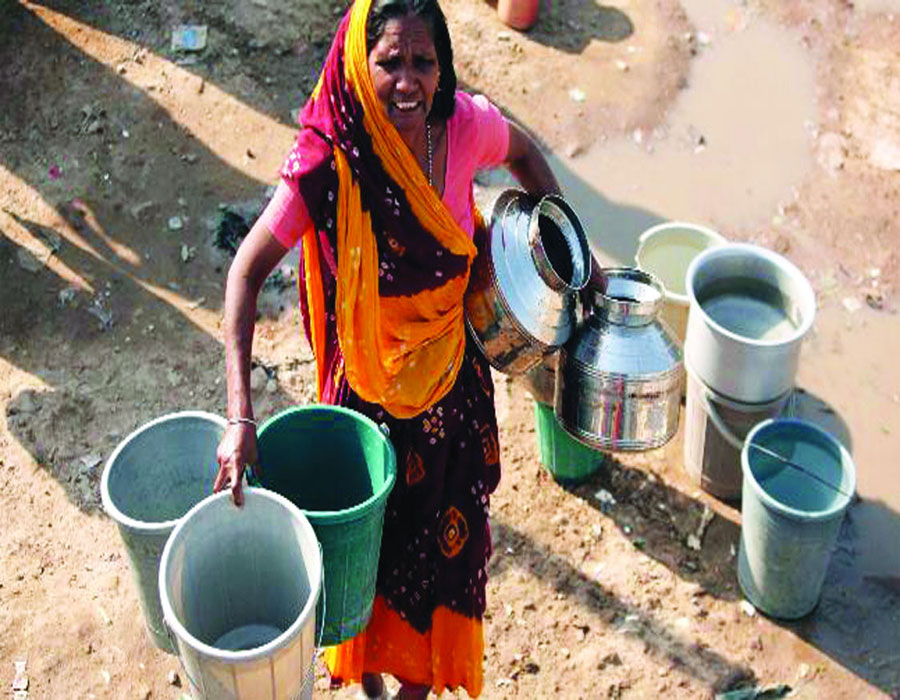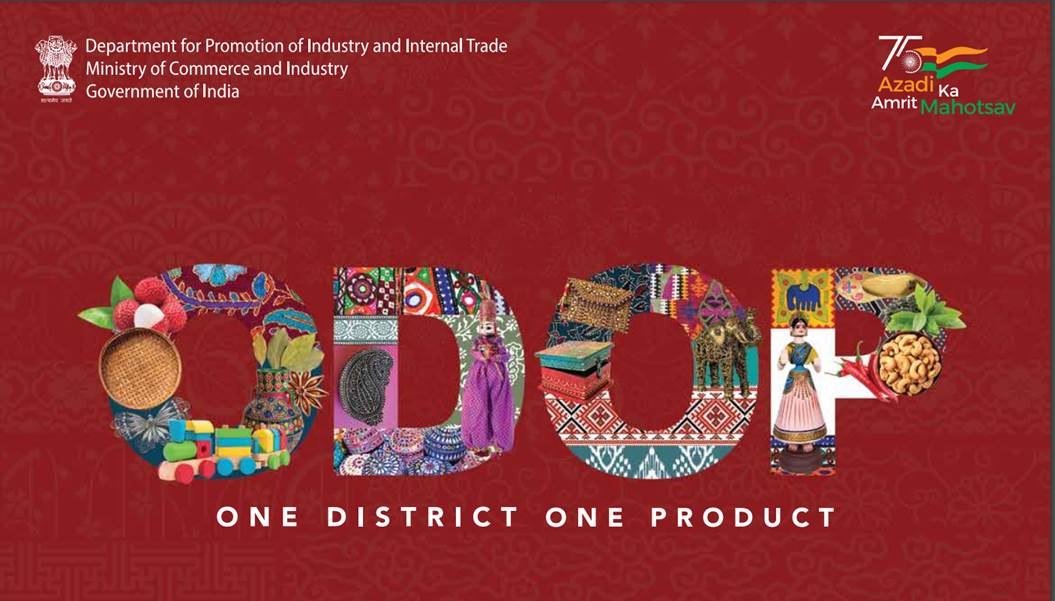India has an extremely low rainwater harvesting percentage, varying from three-six per cent of the annual rainfall. Hence, watershed management is imperative
The farmers’ protest reflects their approach towards securing their future, and soon there would be a solution to that. But there still looms a larger crisis for India and its people, including the farmers. One of the most fertile lands on Earth today stands as the most water challenged nations in the world. India has the highest number of people in the world without access to safe water. Over 80 million people — a majority from impoverished communities — living on less than $4 a day, are forced to collect dirty water from open ponds and rivers or spend most of what they earn buying water from tankers.
A report by the Niti Aayog in 2018 revealed that 75 per cent of households do not have drinking water on the premises; 84 per cent of rural households do not have piped water access; 70 per cent of the water is contaminated and wastewater treatment remains stuck at the national average of over 33 per cent, leading to the high burden of waterborne diseases.
More than 600 million people in India face high to extreme water stress and 21 cities, including New Delhi, Bengaluru and Chennai, will run out of groundwater soon, affecting 100 million people. Critical groundwater resources, which account for 40 per cent of our water supply, are being exploited at unsustainable rates. India is already plagued with groundwater contaminated with iron, nitrate, chlorine, along with the predominant arsenic and fluoride, both posing human health risks.
A study published by Duke University in 2018 found uranium contamination in aquifer- drawn groundwater in 16 Indian States.Water Index scores vary widely, but most States have achieved a score below 50 per cent and could significantly improve their water resource management practices.
Because of this, food security is at a risk as the low performers on the Water Index are home to over 50 per cent of the country’s population and its agricultural baskets. The low performers, worryingly, comprise the populous northern States of Uttar Pradesh, Bihar, Rajasthan, Haryana and others, and are home to over 600 million people. Given the combination of rapidly declining groundwater levels and limited policy action this is also likely to be a significant food security risk for the country going forward.
Critical groundwater resources, which account for 40 per cent of our water supply, are being depleted at unsustainable rates. Droughts are becoming more frequent, creating severe problems for India’s rain-dependent farmers (over 53 per cent of agriculture is rainfed). When water is available, it is likely to be contaminated, resulting in nearly 2,00,000 deaths each year. Interstate disagreements are on the rise, with seven major disputes currently raging, pointing to the fact that limited frameworks and institutions are in place for national water governance.
By 2030, the country’s water demand is projected to be twice than the available supply, implying severe water scarcity for hundreds of millions of people and an eventual over six per cent loss in the country’s GDP. As per the report of the National Commission for Integrated Water Resource Development of MoWR, water requirement by 2050 in a high use scenario is likely to be a milder 1,180 BCM, whereas the present-day availability is 695 BCM.
The total availability of water possible in country is still lower than this projected demand, at 1,137 BCM. Thus, there is an imminent need to deepen our understanding of water resources and usage and put in place interventions that make water use efficient and sustainable. Israel is the world leader in water governance. And India has partnered with them to share methods and technology. There is a need for more such partnerships, knowledge transfer but more than that, it is awareness that is needed by common users about the impending water crisis.
With nearly 70 per cent of the water being contaminated, India ranks 120 out of 122 countries on the water quality index. Policymakers face a difficult situation because there is not enough data available on how households and industries use and manage water.
There is an urgent need to deepen understanding of our water resources and usage and put in place interventions that make water use efficient and sustainable. Consumers and industries need to look at the 4Rs with renewed rigour. “Reduce, Reuse, Recycle, Recharge.” India has an extremely low rainwater harvesting percentage, varying from three-six per cent of annual rainfall. Large-scale watershed management is imperative for holistic management of ecosystems. Coupled with stronger implementation policies and regulations, an ecosystem management approach will bring in adoption of newer conservation technologies.
The agriculture sector will evolve further to improve irrigation and water use efficiency. All this is not possible without investment in education and awareness. Community governance and partnerships, water pricing a strong wastewater recycling ecosystem and increasing rainwater, stormwater harvesting will make people realise the importance of every drop of water and promote sustainable use.
The writer is a conservationist, wildlife photographer, documentary film-maker and sustainability professional. The views expressed are personal.








 OpinionExpress.In
OpinionExpress.In















Comments (0)